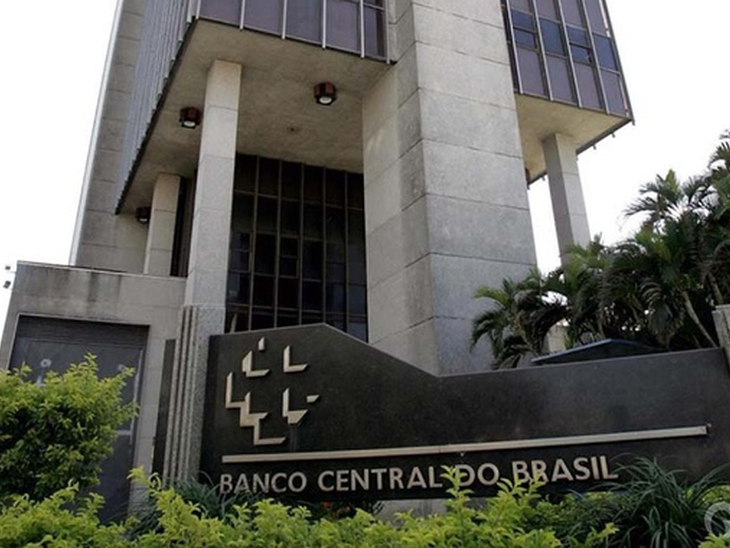

In 12 months, the indicator was positive at 2.33%
Brazilian economic activity registered high in June this year, according to data released today (13) by the Central Bank (BC). The Central Bank's Economic Activity Index (IBC-Br) increased by 1.14% in June 2021 compared to the previous month, according to seasonally adjusted data (adjusted for the period).
Until February, the IBC-Br had been showing growth, after the shocks suffered in March and April of last year, due to the social isolation measures necessary to face the covid-19 pandemic. Over the past four months, the results have fluctuated. Setbacks were registered in March (1.98%) and in May (0.55%) this year. In April, there was growth of 0.90%.
In June, the IBC-Br reached 140.58 points. In comparison with June 2020, there was growth of 9.07% (without adjustment for the period, as the comparison is between equal months). In the 12-month period, the indicator was also positive, at 2.33%.
The index is a way of evaluating the evolution of Brazilian economic activity and helps the BC make decisions on the basic interest rate, the Selic, currently set at 5.25% per year. The index incorporates information on the level of activity in the three sectors of the economy, industry, trade and services and agriculture, in addition to the volume of taxes.
The indicator was created by the Central Bank to try to anticipate the evolution of economic activity. However, the official indicator is the Gross Domestic Product (GDP, sum of goods and services produced in the country), calculated by the Brazilian Institute of Geography and Statistics (IBGE).
In 2020, Brazil's GDP dropped 4.1%, totaling R$7.4 trillion. It was the biggest annual drop in the IBGE series, which started in 1996 and which interrupted the growth of three years in a row, from 2017 to 2019, when the GDP accumulated an increase of 4.6%.

Contact us